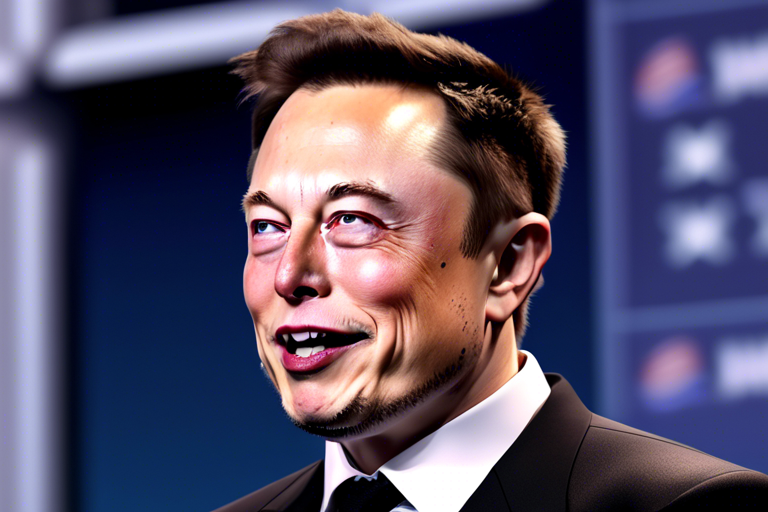NVIDIA Introduces DoRA: A New Fine-Tuning Method for AI Models 🚀
NVIDIA recently unveiled a groundbreaking fine-tuning method called DoRA (Weight-Decomposed Low-Rank Adaptation), designed to enhance the performance of AI models. This new approach offers a more effective alternative to the traditional Low-Rank Adaptation (LoRA) technique, providing increased learning capacity and stability without adding extra inference overhead.
Advantages of DoRA
- Significant performance improvements across large language and vision language models
- Outperformed LoRA in common-sense reasoning tasks with notable score enhancements
- Better results in multi-turn benchmarks, image/video-text understanding, and visual instruction tuning
DoRA’s success has led to its acceptance as an oral paper at ICML 2024, underscoring its credibility and potential impact on the machine learning landscape.
Mechanics of DoRA
- Decomposes pretrained weight into magnitude and directional components for fine-tuning
- Utilizes LoRA for efficient directional adaptation during training
- Merges fine-tuned components back into pretrained weight post-training, ensuring no latency during inference
Visualizations of the differences between DoRA and pretrained weights reveal substantial directional adjustments with minimal magnitude changes, resembling full fine-tuning learning patterns.
Performance Across Models
DoRA consistently surpasses LoRA in various performance benchmarks, showcasing its superiority in enhancing AI model capabilities.
Large Language Models
- Outperformed LoRA in commonsense reasoning and conversation/instruction-following abilities
- Higher scores across different datasets highlight its robust performance
Vision Language Models
- Superior results in image-text understanding, video-text understanding, and visual instruction tuning tasks
- Efficacy displayed through higher average scores across multiple benchmarks
Compression-Aware LLMs
- Integration with the QLoRA framework enhances accuracy of low-bit pretrained models
- Collaboration with Answer.AI on the QDoRA project outperformed FT and QLoRA on specific models
Text-to-Image Generation
- Improved text-to-image personalization with DreamBooth compared to LoRA, especially on challenging datasets
Implications and Future Applications
DoRA is positioned to be the go-to choice for fine-tuning AI models, offering compatibility with LoRA and its variants. Its efficiency and effectiveness make it a valuable tool for adapting foundation models for various applications, including NVIDIA Metropolis, NVIDIA NeMo, NVIDIA NIM, and NVIDIA TensorRT.
Hot Take: Embracing DoRA’s Evolution 🌟
As the machine learning landscape continues to evolve, embracing innovative techniques like DoRA can unlock new possibilities for AI model fine-tuning and optimization. NVIDIA’s commitment to pushing boundaries and delivering cutting-edge solutions underscores the transformative potential of DoRA in shaping the future of AI technologies. Stay tuned for the latest advancements and breakthroughs in the world of AI!





 By
By
 By
By



 By
By